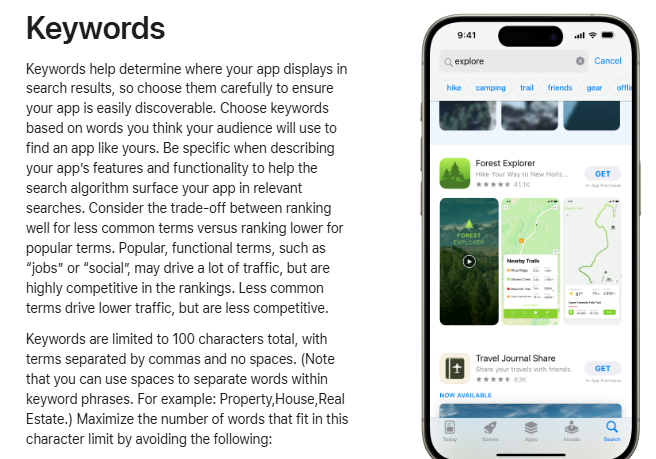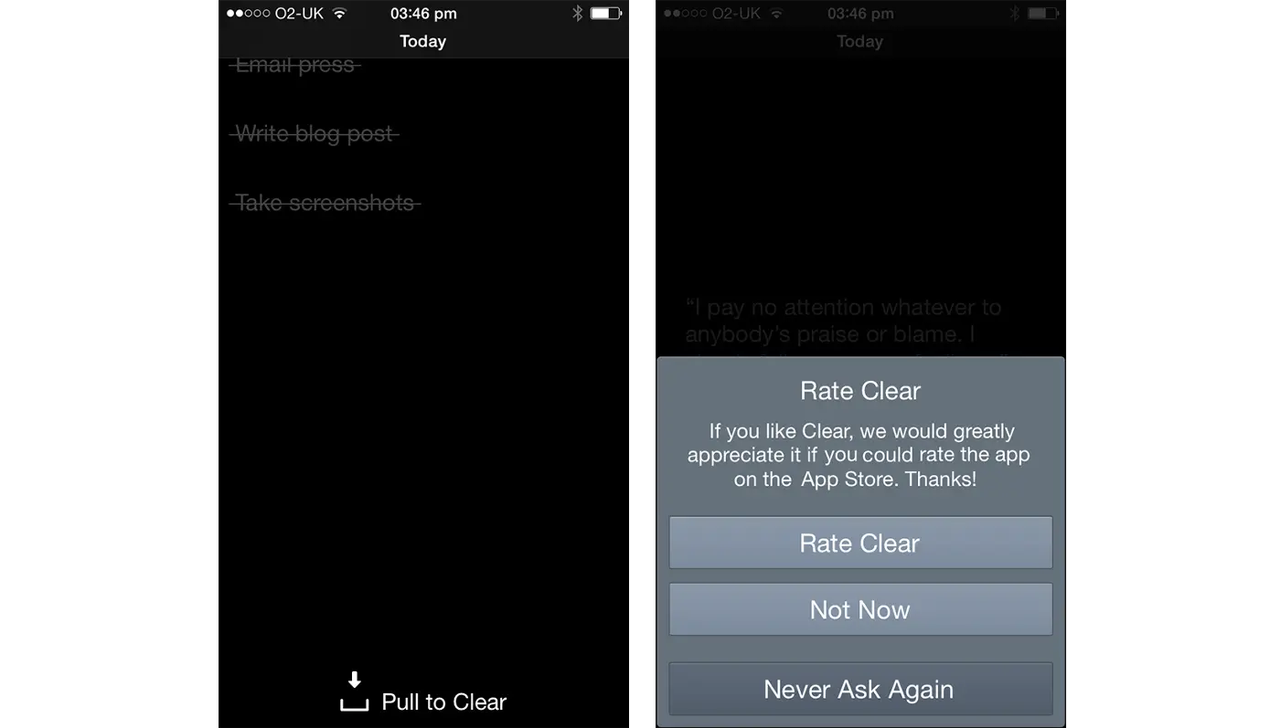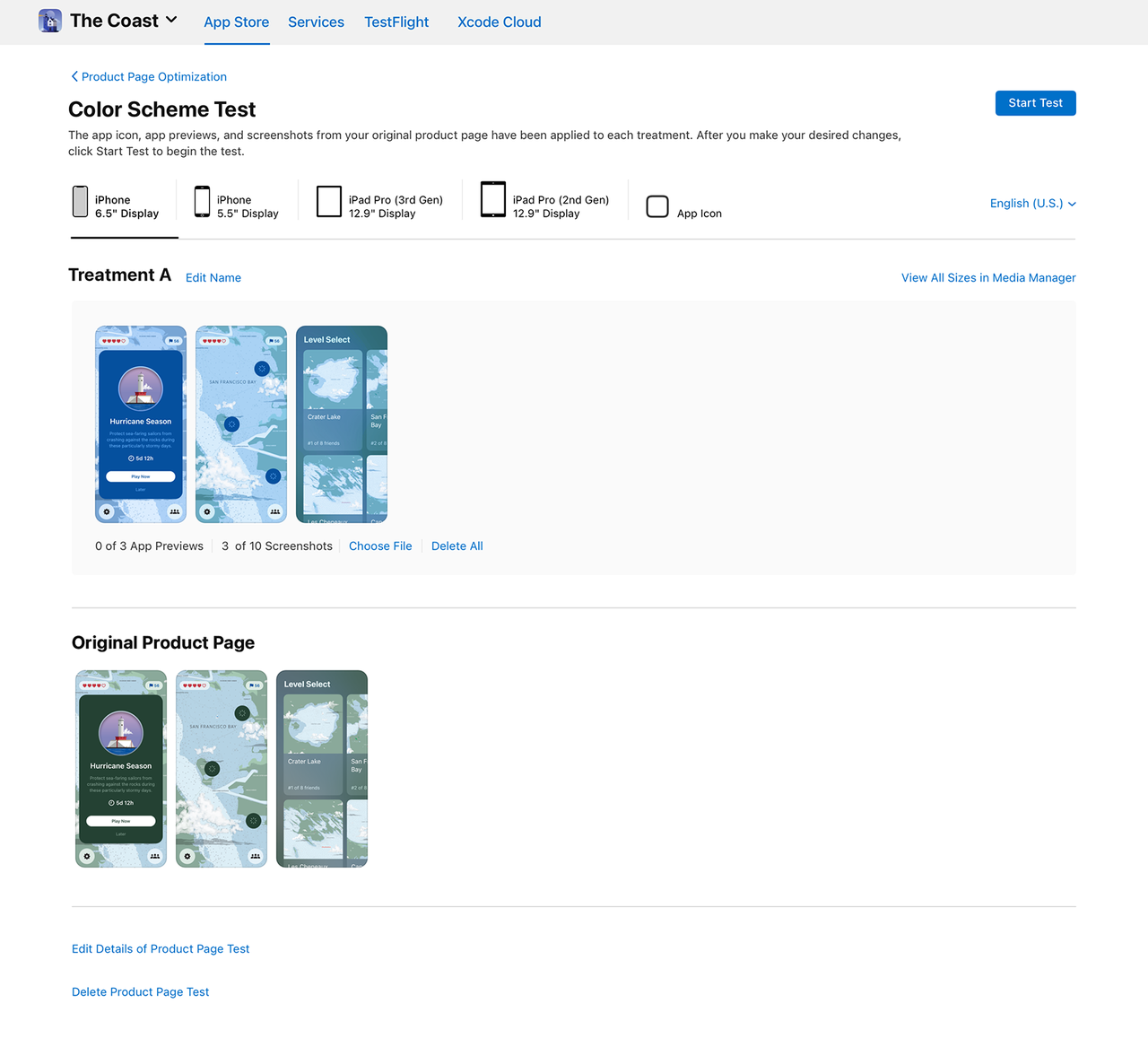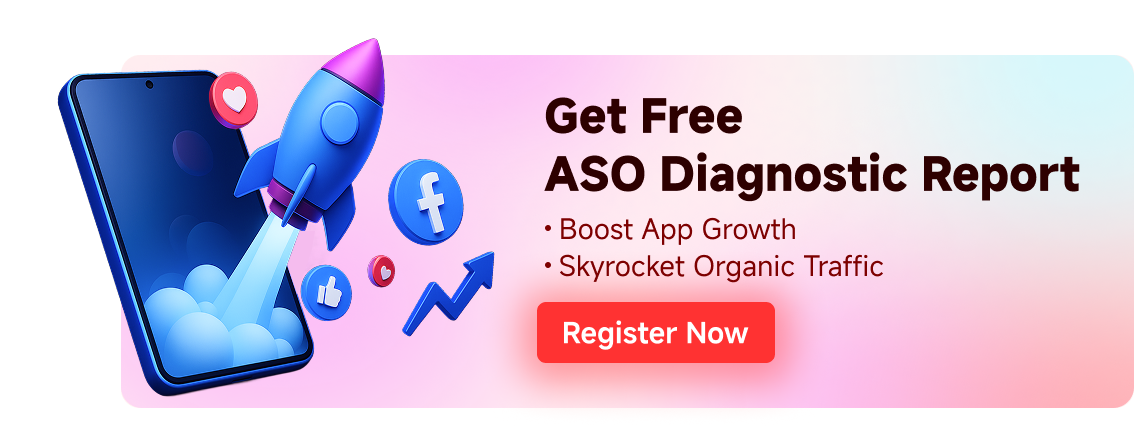
Loading...
Free consultation with ASO specialists
Doing ASO for the first time or have no idea how to carry out targeted optimization of your app?
We offer one-on-one customized services provided by app marketing specialists
ASO Full Cycle Strategy: From First Download to Loyal Users | Improve App Conversion and Retention
2025-09-04
aso
ASO Techniques
App Store Optimization
Keyword Optimization
Metadata Optimization
Application Growth
Review rating optimization
In today's highly competitive application ecosystem, "getting downloads as soon as the app is listed" has become a thing of the past. Industry data shows that more than 70% of users discover and download apps through app store searches. ASO (App Store Optimization) has become the core engine for driving user conversion throughout the entire process from "exposure → download → retention → loyalty." This article will systematically analyze practical ASO strategies in the user lifecycle, providing developers with scientific methodologies to improve keyword rankings, download conversions, and user stickiness.
Early User Journey: ASO Strategies for Acquiring Users Before the First Download
In the decision-making stage before users download an app for the first time, their core demand is to "efficiently locate apps that match their needs". The core objective of ASO (App Store Optimization) is to achieve "high exposure (being seen)" and "high trust (being chosen)" in search results through scientific strategies. The optimization effect at this stage directly determines the quantity and quality of natural search traffic. Metadata optimization and keyword hierarchical layout are two major key points, and they are also the key basis for app store algorithms to determine app relevance.
Keyword hierarchical screening: balance "general traffic coverage" and "precise user conversion"
Keywords are not "the more the better". Blindly piling up irrelevant or repeated keywords will make it difficult for users to quickly identify the core value of the App, thus reducing their willingness to click. At the same time, a scattered keyword system will also make it difficult to focus on high-quality traffic. Even if exposure is obtained, most of these users are not interested in the functions of the App, ultimately lowering the overall conversion efficiency. Therefore, screening and layout according to the three-layer structure of "core words + long-tail words + associated words" essentially makes the keyword system more closely aligned with user search logic:
-
Core words: Grab "High Search Volume" to occupy the direct demand entrance of users
-
Filtering criteria: search volume in the top 10% of the industry, keywords with 100% match to the core functions of the App, and keywords with high competition;
-
Value: Covering the most direct search intent of users, it is the "basic" of natural traffic;
-
Scenario matching: covering the general demand of "no scenario limit".
-
Long tail keywords: Capture "high conversion" and lock "demand segmentation group"
-
Filtering criteria: Overlay scenario, crowd, function and other limited words on the basis of core words. The search volume is usually 1/3-1/2 of that of the core words, but the competition is low;
-
Value: More accurate user needs;
-
Scenario case:Segmentation by demographics (students / working people / mothers), scenario (home / commuting / office), and function (remove watermark / record).
-
Keywords: Grasp "potential demand" and expand the boundary of traffic coverage
-
Filtering criteria: keywords related to the core functions of the App but not directly required;
-
Value: Covering potential needs of "users who are not explicitly but related to core needs" can be used as a supplement to traffic;
Metadata optimization: fit the algorithm logic + catch the user's first attention
Metadata (app title, subtitle, keyword fields, description) is the bridge connecting "algorithmic recognition" and "user perception": for algorithms, it is the core basis for determining the relevance of an app to search terms; for users, it is the "first impression" when they first encounter an app. Each field needs to be precisely optimized according to different app store rules.
-
App Title: The "Golden Carrier" of Core Words (Highest Weight)
-
Rules: iOS≤30 characters, Android≤50 characters, and must contain the core word (the title is the field that is identified by the algorithm first)
-
Optimization tips: Core word + brand name + short functional selling point
-
User perception: Avoid piling up, ensure natural reading
-
Subtitles and keywords fields: extended coverage, capturing the needs of segmentation
-
Subtitle (iOS)/Short description (Google): ≤30 characters, which can appropriately supplement core words and important long-tail keywords to strengthen the function description;
-
Keyword field (iOS only): iOS≤100 characters, the optimization principle is to prioritize "long-tail words + scenario words", fill in relevant long-tail words, synonyms, and variant words;

-
Application description: Balance "keyword penetration" and "pain point solving"
Only 30% of users expand the full description in the app store, so the first 150 characters ("golden display area") need to do two things:
-
Naturally integrate 2-3 core / long-tail keywords to expand search coverage;
-
Directly pointing out the core pain points of users (such as "Say goodbye to messy bookkeeping") is more likely to resonate than simply listing features.
Want to optimize metadata precisely but don't know where to start? Contact nowAppFast Customer Service, get a free exclusive metadata diagnosis plan. Experts will customize a high-conversion title, description and keyword strategy for you to effectively improve search visibility and download conversion rate.
Download conversion critical period: reduce the threshold of user decision
After users see the App in search results, the next step is "whether to download". The pain point of users at this stage is "worrying that the App does not meet expectations". The core of ASO is to eliminate user doubts and improve the conversion rate of downloads through visual content and social proof.
App Screenshots and Videos: Visualizing Core Value
-
Application screenshots: the first 2 pictures are for conversion, and capture the core scenario
-
Core principles: The first 2 pictures must show "user pain points + App solving effect", and the last 3 pictures should supplement secondary functions; copywriting needs to be short, highlighting "user benefits" (such as "1-minute financial planning", rather than "financial planning function").
-
Tips for avoiding pitfalls: Adapt to mainstream device sizes (focus on iPhone 15 series for iOS, and foldable screens for Android), avoid truncation of key information; do not use pure marketing images, prioritize displaying actual usage interfaces.
-
Preview video: Grab attention within 30 seconds, strong logic delivery
-
Golden structure: The first 5 seconds use a pain point scenario to awaken resonance (such as "Is your accounting always in chaos?"), the middle 20 seconds demonstrate 1-2 core functions in practice (such as "automatically synchronize bills → generate money-saving suggestions"), and the last 5 seconds promote conversion with social proof (such as "used by 1 million users").
-
Details to be added: subtitles throughout (85% of users watch with the sound off), no redundant background music.
Ratings and Reviews: Building Social Trust
Users will verify the reliability of an App through "Ratings" and "Reviews" before downloading it. According to ASO industry reports, the download conversion rate of Apps with ratings above 4.5 is much higher than those below 4.0. The conversion rate of negative reviews with official replies is also higher than those without replies. Optimization needs to take into account both "scientific score improvement" and "fine-grained review management".
-
Ratings Improvement: Choose the Right Time and Reduce User Disturbance
-
Golden trigger nodes: Trigger after users complete core functions (such as first bill synchronization, first note) or obtain clear benefits; avoid frequent pop-ups.
-
Tone optimization: Use "emotional resonance" tone, not a hard request.

-
Comment Management: Amplify Positive, Resolve Negative
-
Positive Reviews: Filter out positive reviews with specific features (e.g., "Bill classification is useful"), and official responses that amplify value (e.g., "We will continue to optimize the classification algorithm to help more people save money"), so potential users can see real benefits.
-
Negative Reviews: Respond to them within 24 hours, apologize + solution, showing the importance of users and avoiding templates:
User Accumulation Period: Find Breakthroughs with Data and Increase Natural Traffic
After users download the app, it often gets stuck in a bottleneck of "stagnant traffic growth" and "low conversion efficiency". The core objective of the accumulation period is to find high-conversion paths through data-driven ASO optimization, optimize resource investment, and break through the growth dilemma. ASO in this stage is no longer "static optimization", but "dynamic iteration", and each adjustment must be based on data.
A/B Testing to Optimize Your Creative: Using Data to Identify High-Converting Visual Content
Visual materials (icons, screenshots of the first screen) directly affect click conversion, but "subjective judgment" has a large deviation. A/B testing is the only precise screening method. The core principle is "focus on the user's first content and control a single variable":
-
Test rhythm and elements: test 1 set of core elements (icon only / first screen screenshot only, to avoid multi-variable interference) every week, with emphasis on optimizing the "first screen screenshot" (80% of users' attention is focused on this when browsing) - tool-type apps can change "feature listing" to "problem solving process";
-
Data judgment criteria: focus on "click-through rate" and "natural downloads", test cycle at least 7 days (covering weekday/weekend traffic differences);
-
Case reference: In a test of a certain note-taking app, the experimental group (icon changed to green + screenshots on the first screen showing "student note organization process") vs. the control group (original material), after 1 week, the click conversion rate of the experimental group was 18% higher and the natural traffic increased by 22% - small adjustments that fit user needs can significantly improve results.

Competitor Dynamic Monitoring: Seize the Traffic Dividend Window
ASO adjustment of competitors often hides "traffic opportunities". Spending 10 minutes a day monitoring competitors with tools can quickly seize the benefits. Monitoring focuses on:
-
Keyword changes: If competitors suddenly add some keywords, you need to analyze the search volume and competition of these keywords. If they match the positioning of your own App, you can follow up in time to layout and seize the keyword ranking;
-
Material Update: If the competitors change the high-conversion screenshots (for example, from "function display" to "user scenario"), you can break down their core selling points and optimize the materials based on your own advantages to avoid losing users' attention to the competitors;
-
Reviews Strategy: Observe how competitors guide positive ratings and handle negative reviews, learn from effective methods to optimize their own review management, and enhance user trust.
Retention to Loyalty: ASO Drives Long-term User Conversion
Loyal users will not only continue to use the App, but also actively recommend others to download it, which is a "free traffic pool". The core of ASO in this stage is "product optimization" and "user experience", so that the App can continuously match the changing needs of users.
-
Optimize new user guidance
If users don't feel the value within 3 minutes after opening the app for the first time, 70% will uninstall it. The guidance needs to be simple (avoid registration processes with more than 6 steps and support one-click login with email address/phone number), focus on core functions, and deliver an "aha moment" (the core value brought by the app). You can simplify the process according to user behavior (for example, skip the guidance for old users and let new users learn step by step);
-
Continuously providing value
Users will stay because of "usefulness" - tool apps regularly update features, content apps update materials daily (such as short video apps pushing popular challenges), and operational activities maintain activity (such as earning points by signing in for 7 days, and exchanging points for membership). Adding gamification design (such as unlocking the "loyal user" badge after continuous use for 30 days, and friend rankings) can leverage users' sense of achievement and social needs to increase stickiness;
-
Personalized Experience
Provide customized services through user behavior data (such as frequency of use, preferred functions) - music apps recommend playlists based on listening records, financial management apps recommend suitable financial management plans based on deposit amounts, and push notifications also need to be accurate to avoid "junk pushes", so that users will not feel disturbed and are more likely to click and participate;
-
Proactive Communication and Feedback
Send recall notifications to silent users (such as those who have not opened the app for 7 days) (reminding them of the benefits of the app or newly launched functions); push exclusive benefits to active users; meanwhile, set up a feedback entry in the app (such as "Help Center - Feedback"), reply and solve problems in time, inform users through announcements or update logs, and make users feel valued;
Summary: ASO is the "full journey accelerator" of user journey
From the first download to loyal users, ASO is not a "one-time optimization", but a dynamic strategy throughout the entire journey: attracting traffic through metadata and keywords before downloading, converting downloads through visual content and reviews, and achieving long-term conversion through iteration and word-of-mouth during retention.
Developers need to avoid the mistake of "focusing only on downloads and ignoring retention and conversion of loyal users". Through continuous ASO optimization, apps can continue to gain exposure in app stores while meeting user needs at various stages - this is the core value of ASO optimization strategy and also the key to improving the long-term competitiveness of apps.
If you want to comprehensively improve the ASO effect of your app but lack experience or resources, please contact the AppFast expert team. We provide free consultation and customized keyword library building services to help you accurately cover high-value users and achieve double growth in downloads and retention.
Related recommendations

